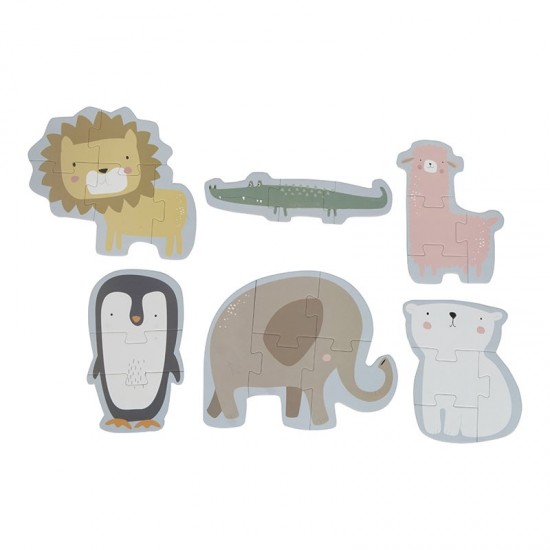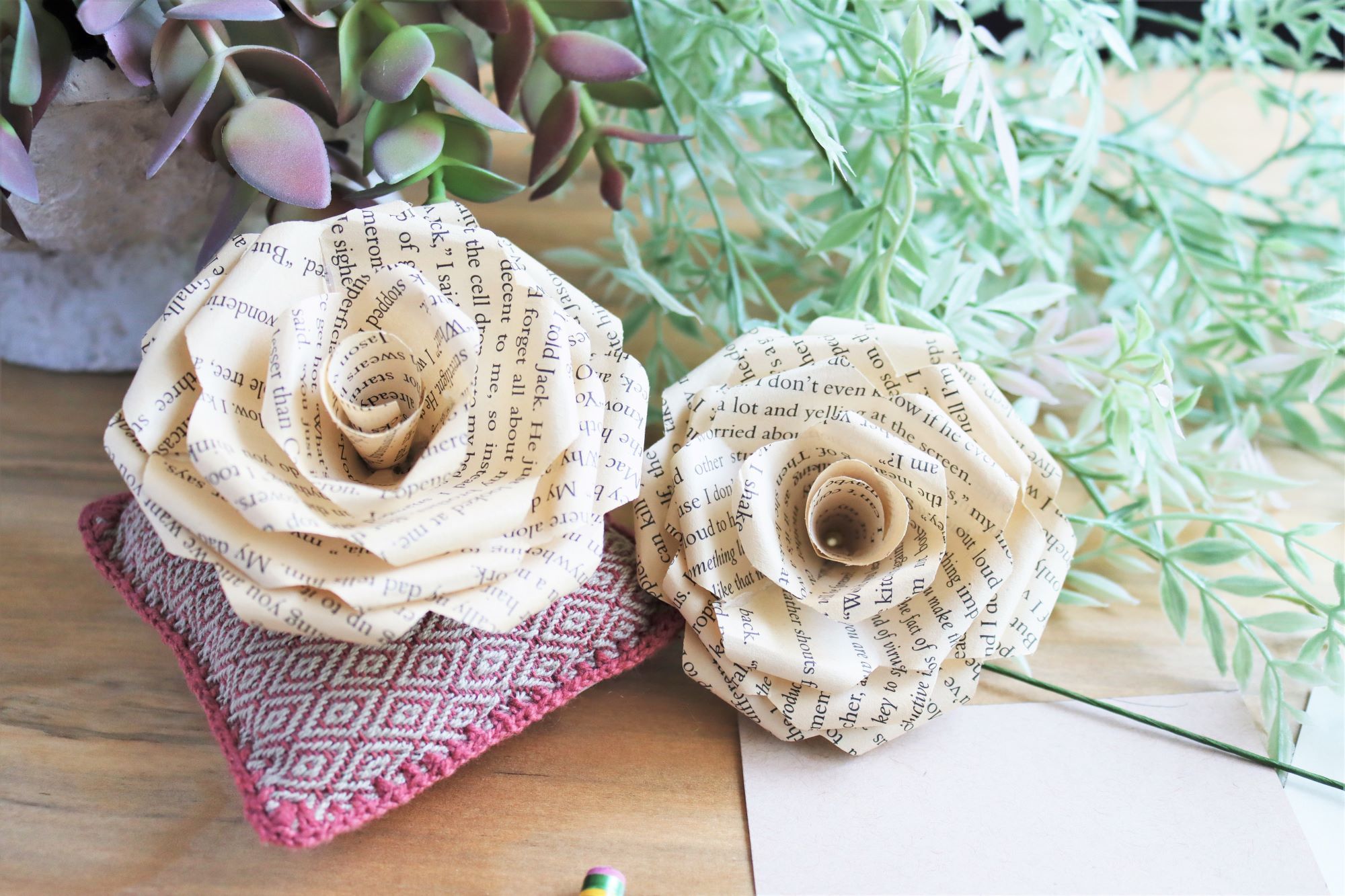
Before you begin to build your craft space, you should decide what you will use it for and if there is enough storage. Once you have determined your needs, you will be able to create a work area for each activity such as paper crafting and sewing. You can make use of space in other rooms by setting up work zones. You should choose a large window-sill room if possible to let in lots of natural sunlight. Many crafters live in basements and have to make do without natural light. You will need plenty of light to photograph your creations.
Designs for a craft room
Your personality and hobbies are important considerations when designing a crafting room. A craft room should not only be functional but also welcoming. Crafters need a place that encourages creativity. A professional designer can help make this happen. These designers can help you design the perfect layout for your space. They will also discuss lighting options, finishes and other ideas. A professional designer can also work with you to find the right materials for your space.

It is important to decide how personal you want your craft room to look. Many crafters have hobbies that include listening to music or watching TV. Keep in mind that your personal style can be reflected in the decor of your room. Softness and comfort can be added by a runner rug. A combination of several styles can be used to create an eclectic design in a craft space that is only functional.
Designing a craft room with storage
With shelves, you can create a space that is both practical and functional. Shelves with hexagonal shapes look great on their own, but they are especially attractive when grouped together. They can be used to make a honeycomb design. Moreover, these shelves are easy to move around. They also feature labels, which makes organizing them easier. A crafts room is not complete without ample storage space. It is crucial to plan the layout of your craft room.
You can also use small tables and improvised shelving if space is tight. A table with built-in storage is an ideal choice, since it allows you to keep most of your craft materials close by. You can also incorporate a spice rack to improve storage space. If you do not have a dedicated craft room, you can use a wall in the dining room or family room. Darlene uses IKEA bookcases from Billy to create a multifunctional craft room.
Organizing a craft room
Before you attempt to organize your crafts area, make a list. Consider how frequently you use certain supplies. Then, decide whether the supplies can be stored in a drawer of in the cupboards. Next, you can sort and organize your items. You can organize your supplies by using a bin system, or baskets. This will allow you to keep your supplies organized and easy-accessible.

Work surfaces should not be cluttered. You can then create a storage solution to store things. Hanging storage bins are useful for keeping a craft room tidy, as they don't fall out when you move them. Each craft room must have a functioning work table. A work surface must have enough space for your projects, as well as built-in storage such shelves or hooks.
FAQ
What are collection hobbies?
Books, movies music, comics and video games are some of the most popular collections.
You can also collect anything from stamps to coins to cars to dolls to action figures to model kits to figurines to art supplies to tools to kitchen utensils to jewelry to watches to gadgets to clothes to furniture to antiques to...
You get it?
Can I make money by my hobby?
You can make extra money by taking up hobbies.
If you are passionate enough about your hobby to decide to sell it,
You might consider setting up a website to sell rare stamps if you have a collection.
This way, you can earn extra income without having to go through the hassle of actually buying and selling the stamps.
Another option is to create a YouTube Channel where you can talk about your hobby.
This allows for you to share your passions with others and can potentially generate additional income by providing premium content.
What are some good hobbies?
Hobby Ideas for those who love to teach and learn.
Hobbies can be a great way to have fun and learn something new.
There are many hobbies. But they all share similar characteristics. They are usually enjoyable activities that don't require a lot of effort and can be very economical.
They often involve helping others, such as teaching an instrument to someone or building an airplane model.
Although you might not consider yourself a teacher, there are likely things you can do to help others learn.
Consider starting a hobby to use your creativity to help others.
What are some good hobbies ideas?
You can find the best hobbies that you love doing for yourself. If you enjoy what you do, it will be much easier to keep going. You'll also have an excuse when you're not feeling well or tired!
We all have hobbies that we love and know. These include painting, crafting, photography, cooking and sports.
Another option is to volunteer at a local charity shop.
If you're looking to do something more adventurous, Why not take up scuba diving, rock climbing, sky diving, bungee jumping, white water rafting, sailing, surfing, canoeing, kayaking, horse riding, zip lining, hang gliding, paragliding, skydiving, snowboarding, skiing, mountain biking, hiking, camping, fishing, hunting, archery, shooting, clay pigeon shooting, target shooting, golf, tennis, swimming, snorkeling, windsurfing, waterskiing, kitesurfing, wakeboarding, standup paddle boarding, hang gliding, parasailing, hot air ballooning, paragliding and many more.
There are many unique ways to spend time in the outdoors, whether you're looking for adventure or a more traditional way to do it. These include caving and cave tubing.
Statistics
- 37% Video Games 36% Travel 36% Health and Fitness (quizexpo.com)
- Studies show that just six minutes of reading can reduce stress levels by 60 percent. (oberlo.com)
- The Role of the Mind in Sex, Dating, and Love: Men in the “humor” condition received phone numbers from 42.9% of the female participants and were refused 57.1% of the time. (time.com)
- This 100% accurate personality-analyzing hobby quiz discovers your passion based on your characteristics. (quizexpo.com)
- Much of this decline reflects the fact that teens are less likely to work today than in the past; among employed teens, the amount of time spent working is not much different now than it was around 2005. (pewresearch.org)
External Links
How To
How to Start Gardening
Gardening has been around since the dawn of agriculture. It requires patience, persistence and determination. The first step in starting your own garden is choosing a location where you want to grow food. It could be large land, or just your backyard. Next, choose what kind of plants you would like to grow. Are you more fond of flowers or vegetables? Some people are passionate about growing herbs, while others like raising livestock like rabbits. You should consider how much space you have available before deciding what types of crops you plan to plant. If you live in a region that experiences cold winters then it is possible to grow fruits and berries.
Once you have made your choice, it is time to prepare the soil. Soil is essential in determining whether your plants will thrive or fail. The soil should be rich in organic matter to provide nutrients for your plants' roots. Organic matter includes things like leaves, twigs, grass clippings, manure, and compost. After you have prepared the soil, you will need to add nutrients. Depending on the type of plants you plan to grow, you may need different amounts of nitrogen, phosphorus, potassium, calcium, magnesium, boron, zinc, copper, manganese, iron, molybdenum, chlorine, sulfur, sodium, and so on. Online fertilizer calculators can be used to determine these values. There are many fertilizers on the market, so ensure you understand what you are buying.
Now, wait for your seeds to germinate after you have prepared your soil and added the necessary nutrients. This process usually takes anywhere from 2 weeks to 3 months, depending on the weather and the temperature in your area. After your seeds sprout, it is important to water them frequently. Too much or too little water can cause problems. Overwatering can cause problems. Overwatering can cause root rot or fungal diseases. Consider that plants generally need less water in the warmer months than they do in winter. Remember that some plants require drying out after being watered. For example, tomatoes need to stay slightly moist but not wet. They are not happy to be in soggy soil. After the plants have finished flowering they must go dormant. Dormancy occurs when plants stop producing any new growth and start to store energy for the next harvest. Dormancy means that the plant stops communicating with its roots about producing food. Throughout this period, the plant stores energy. Plants will soon die if they are exposed to too much or too cold temperatures.
Urban environments may limit the variety of plants you can grow. Concrete sidewalks, roads and buildings are common in urban areas. They block sunlight from reaching the ground. Concrete absorbs light and prevents soil below from getting sufficient sun exposure. This is why many plants cannot thrive in cities. Fortunately, there are still many plants that can thrive in an urban environment. Many perennials, trees, and shrubs are able to adapt to urban living. In addition, many annuals can be grown indoors in containers. Container gardens can be used to grow greenery indoors year-round, no matter what the weather outside.
Now that you have decided where to place your garden, chosen what you will grow, and prepared your soil, you are ready to plant!